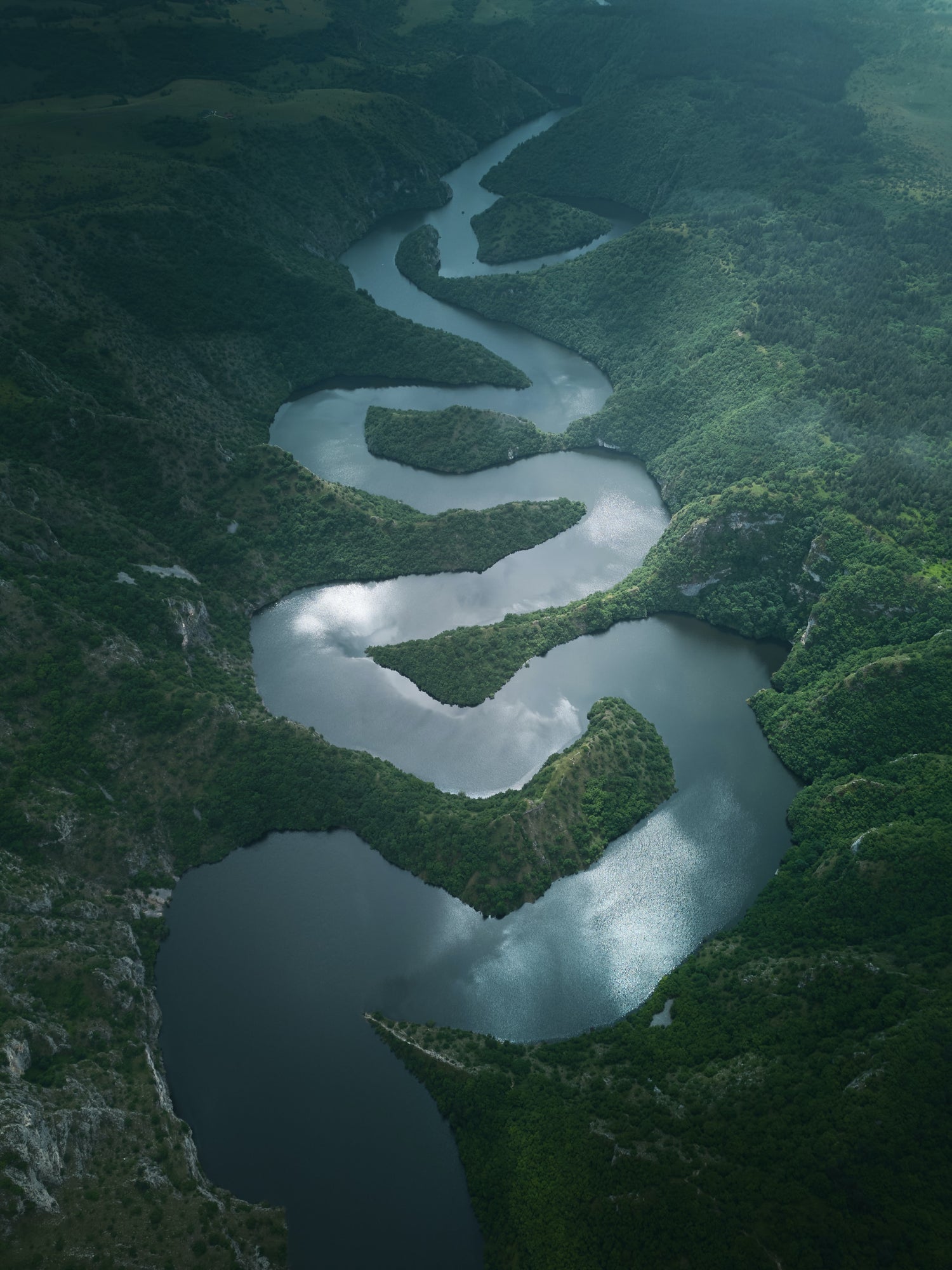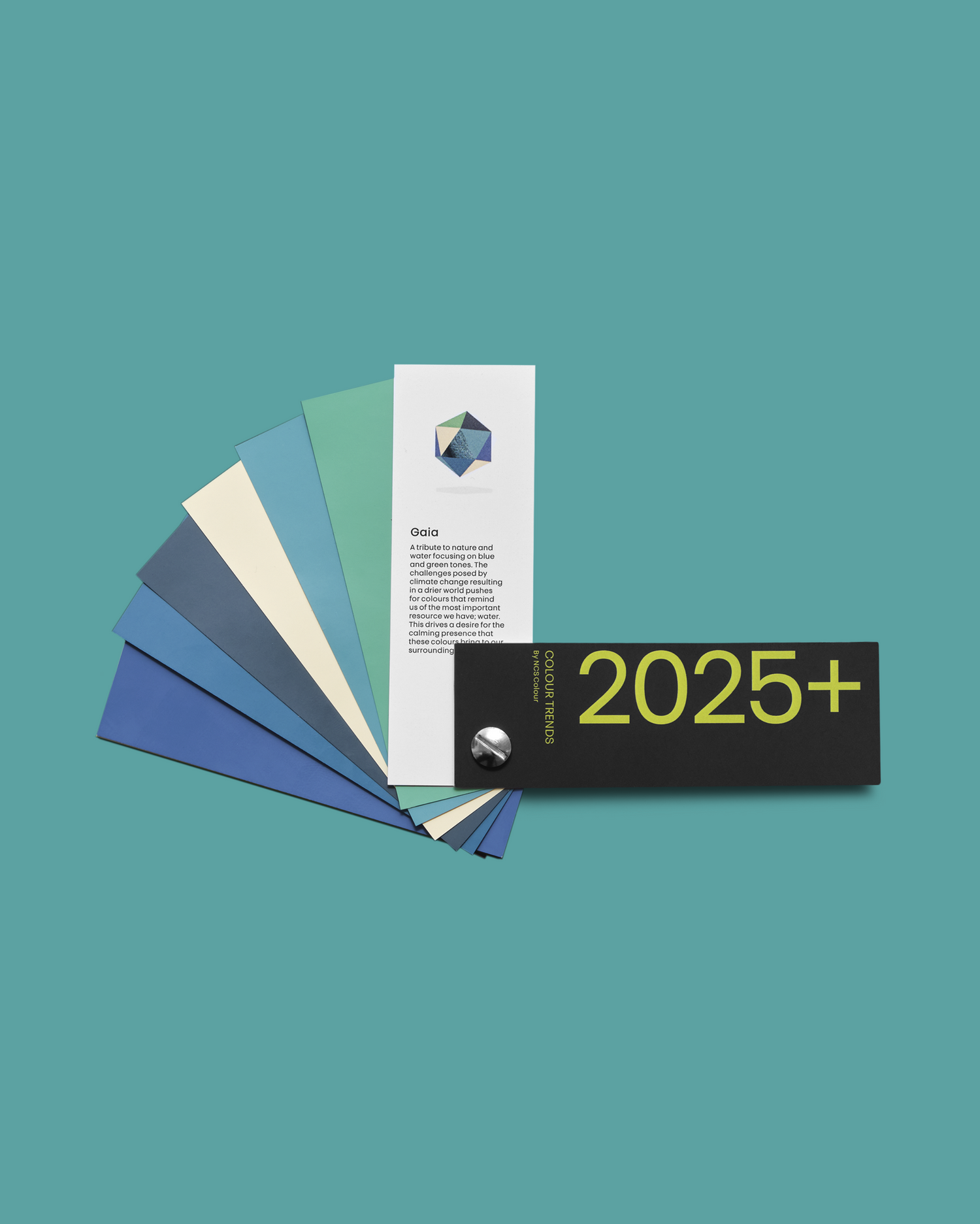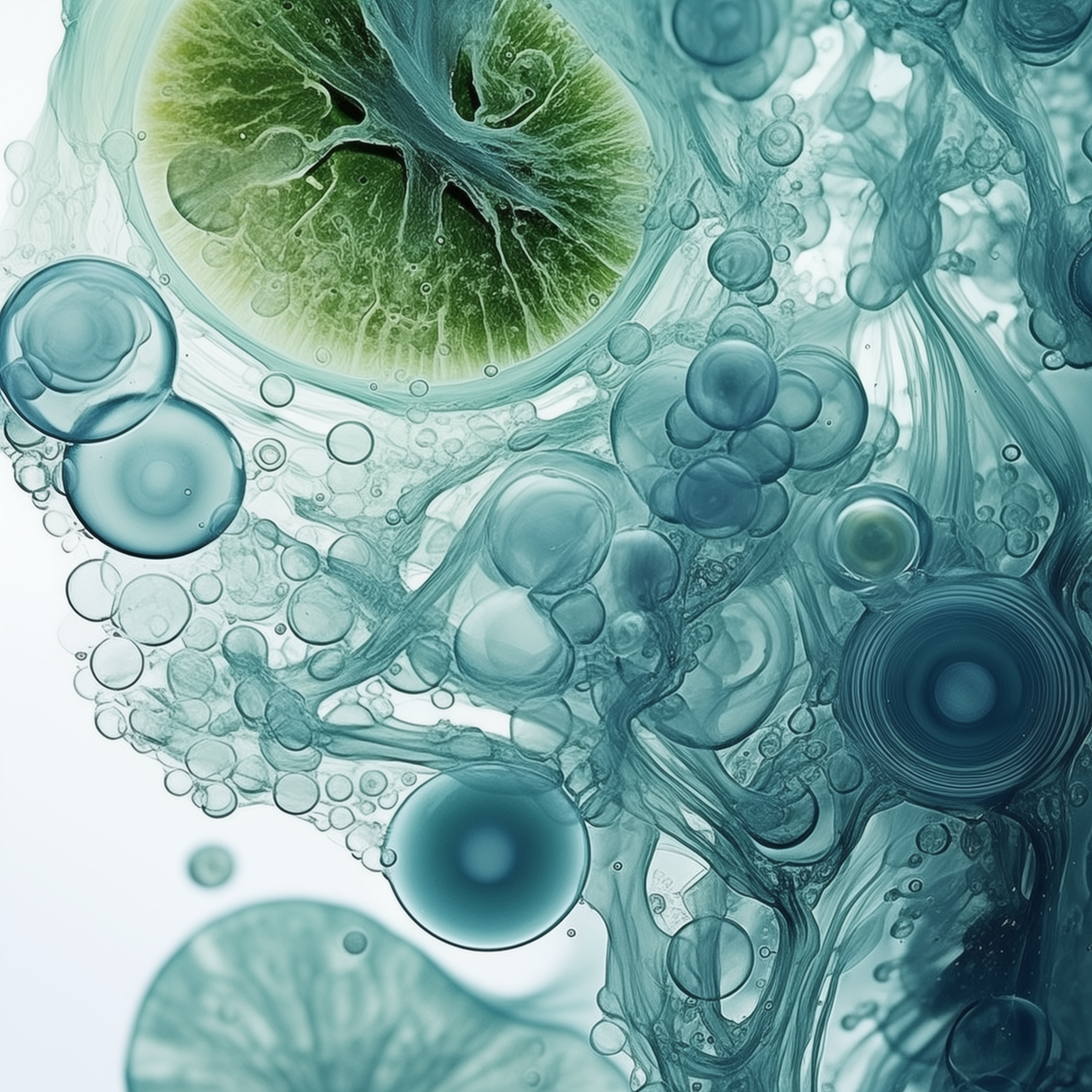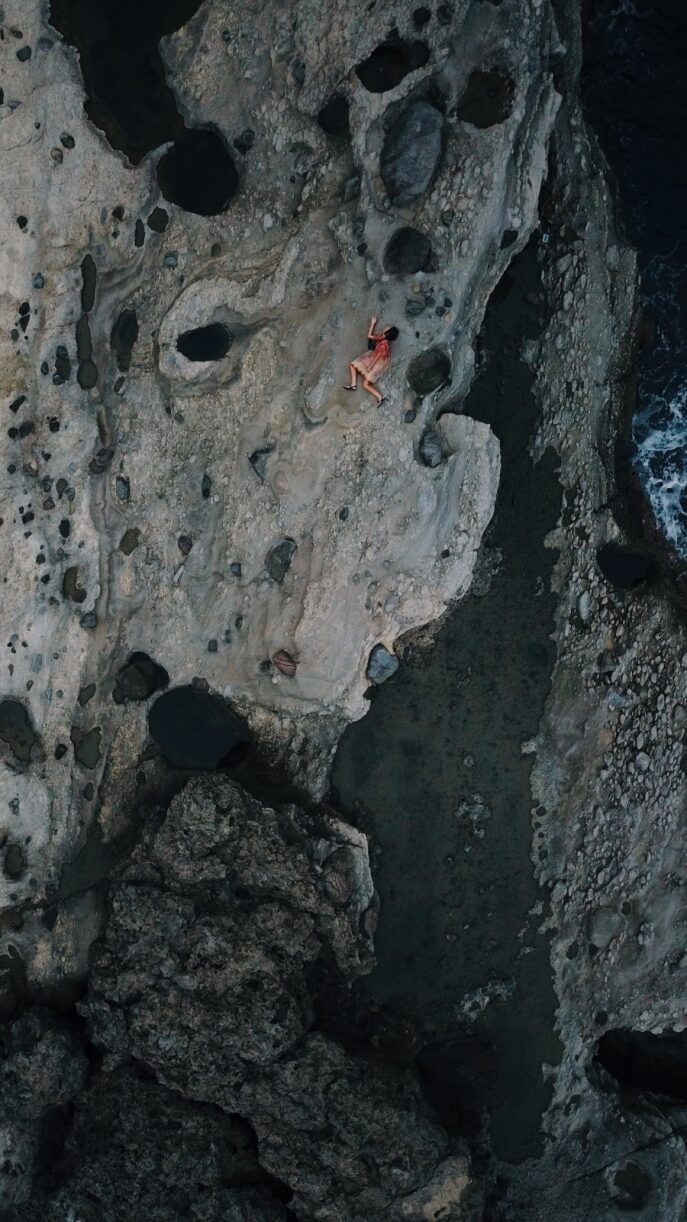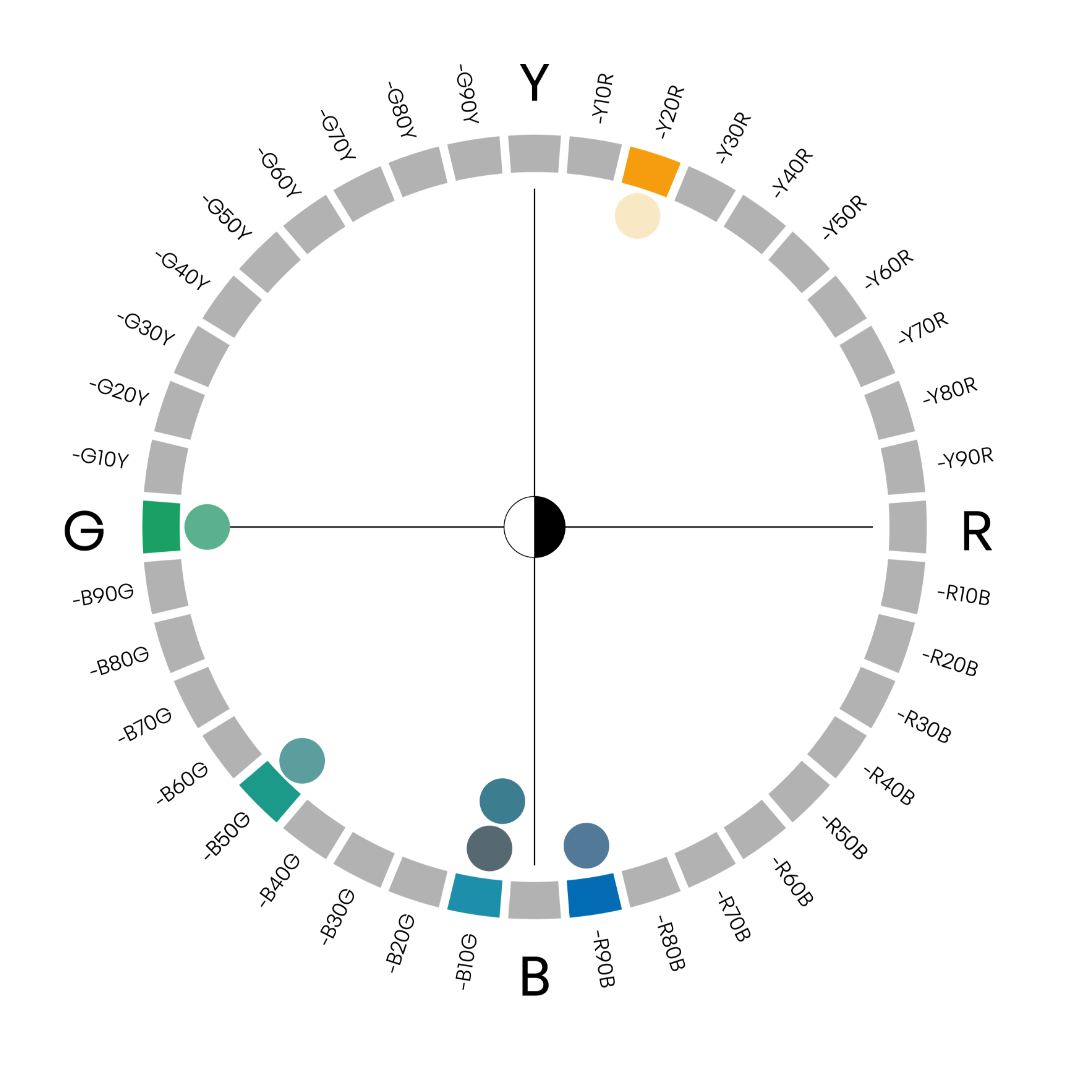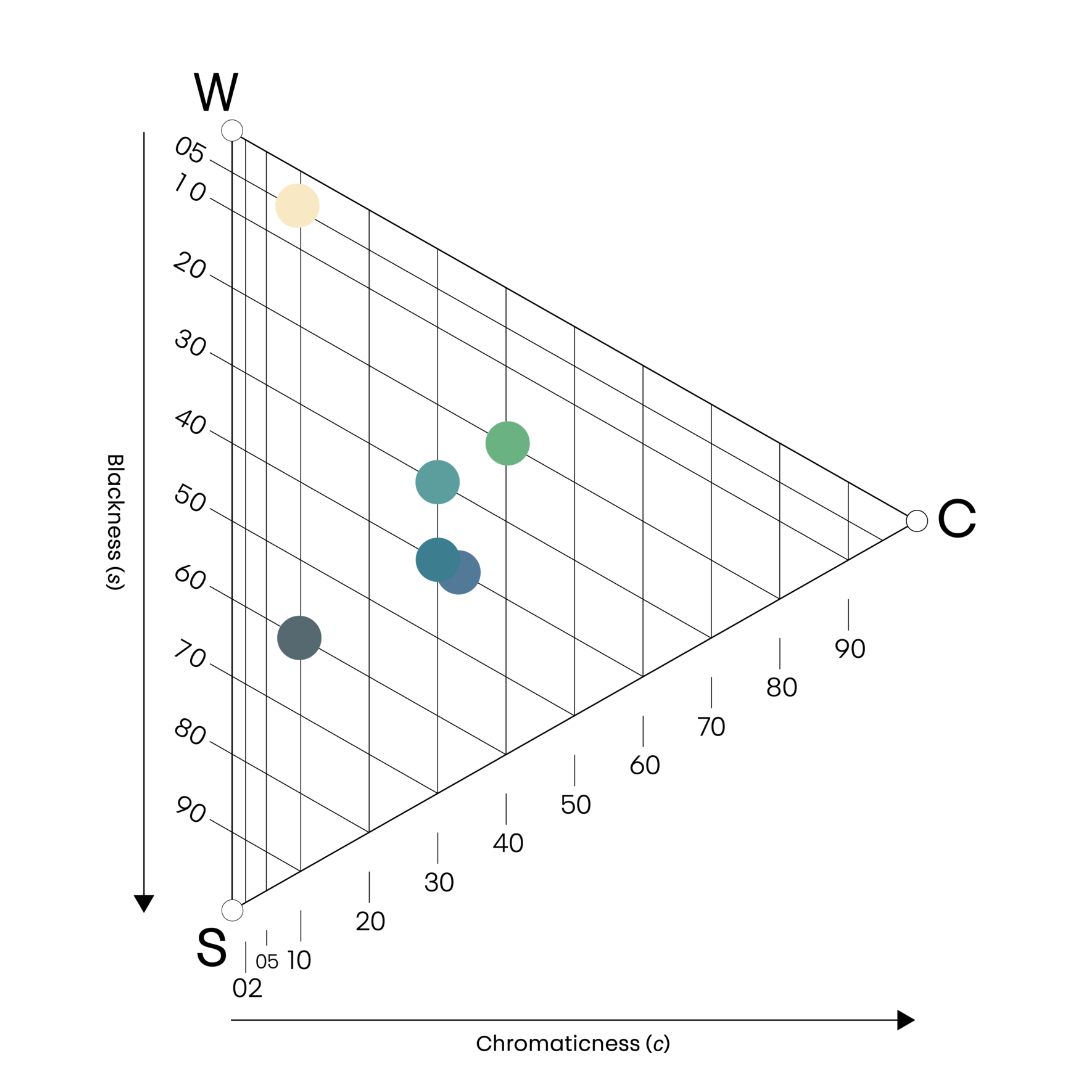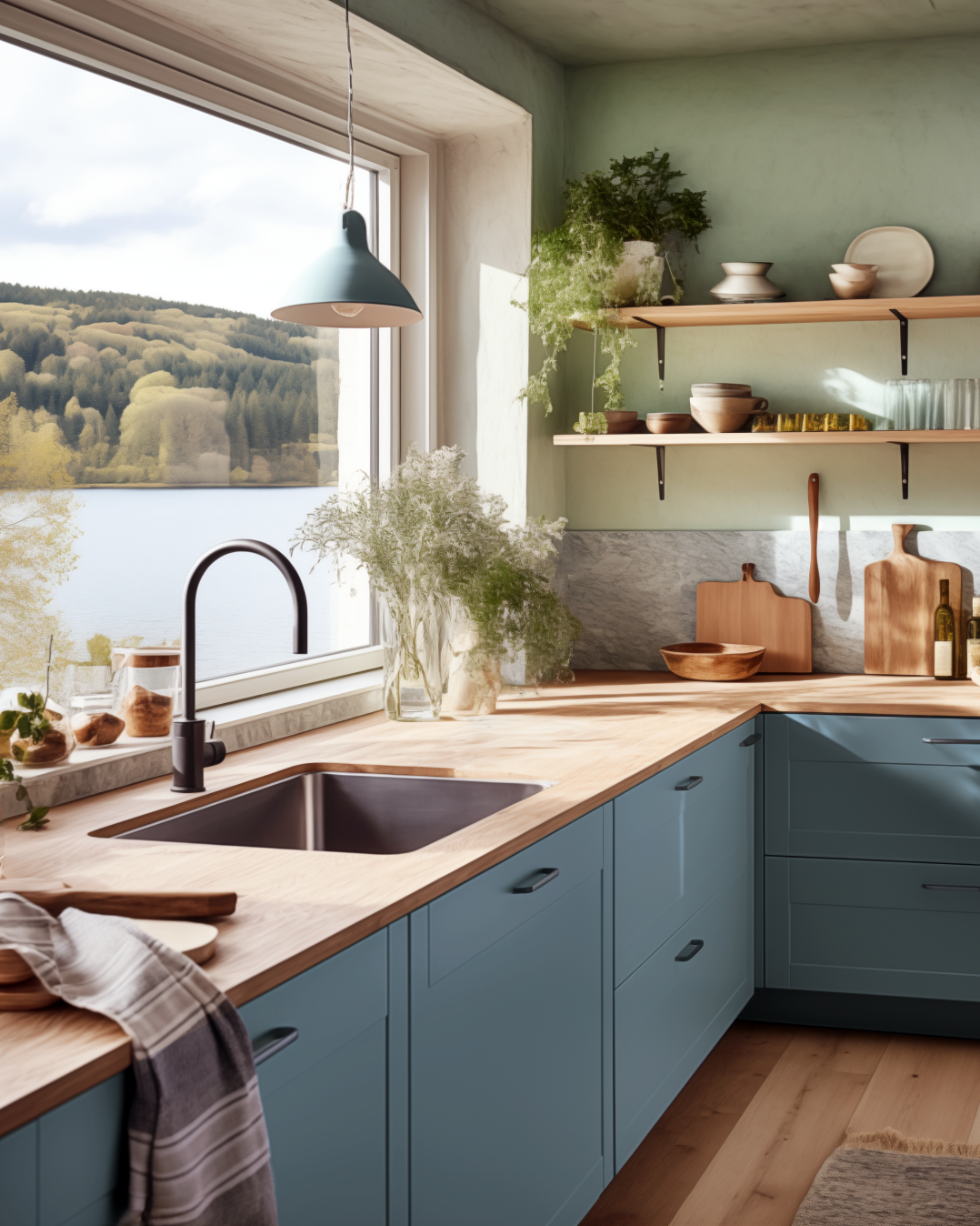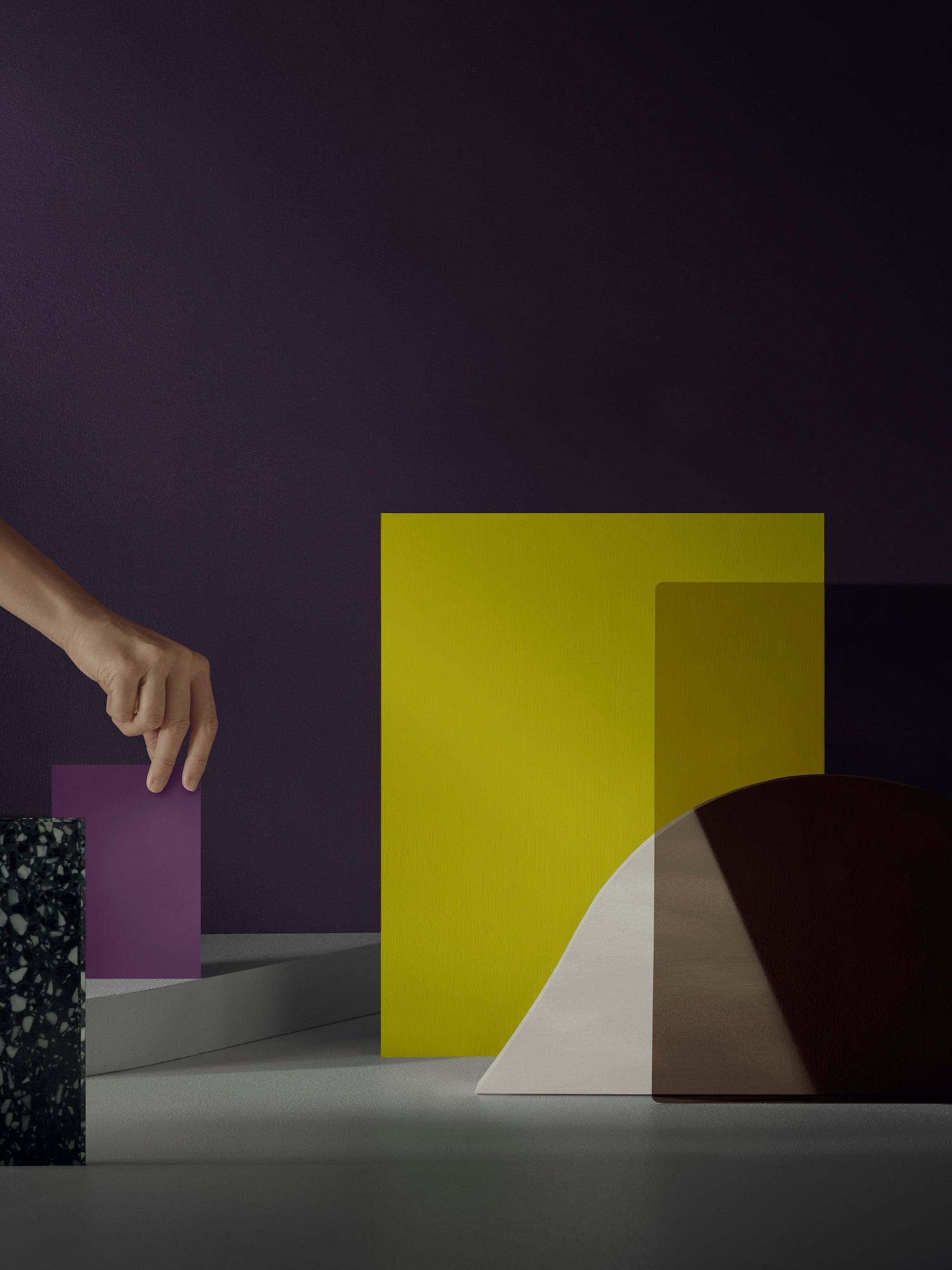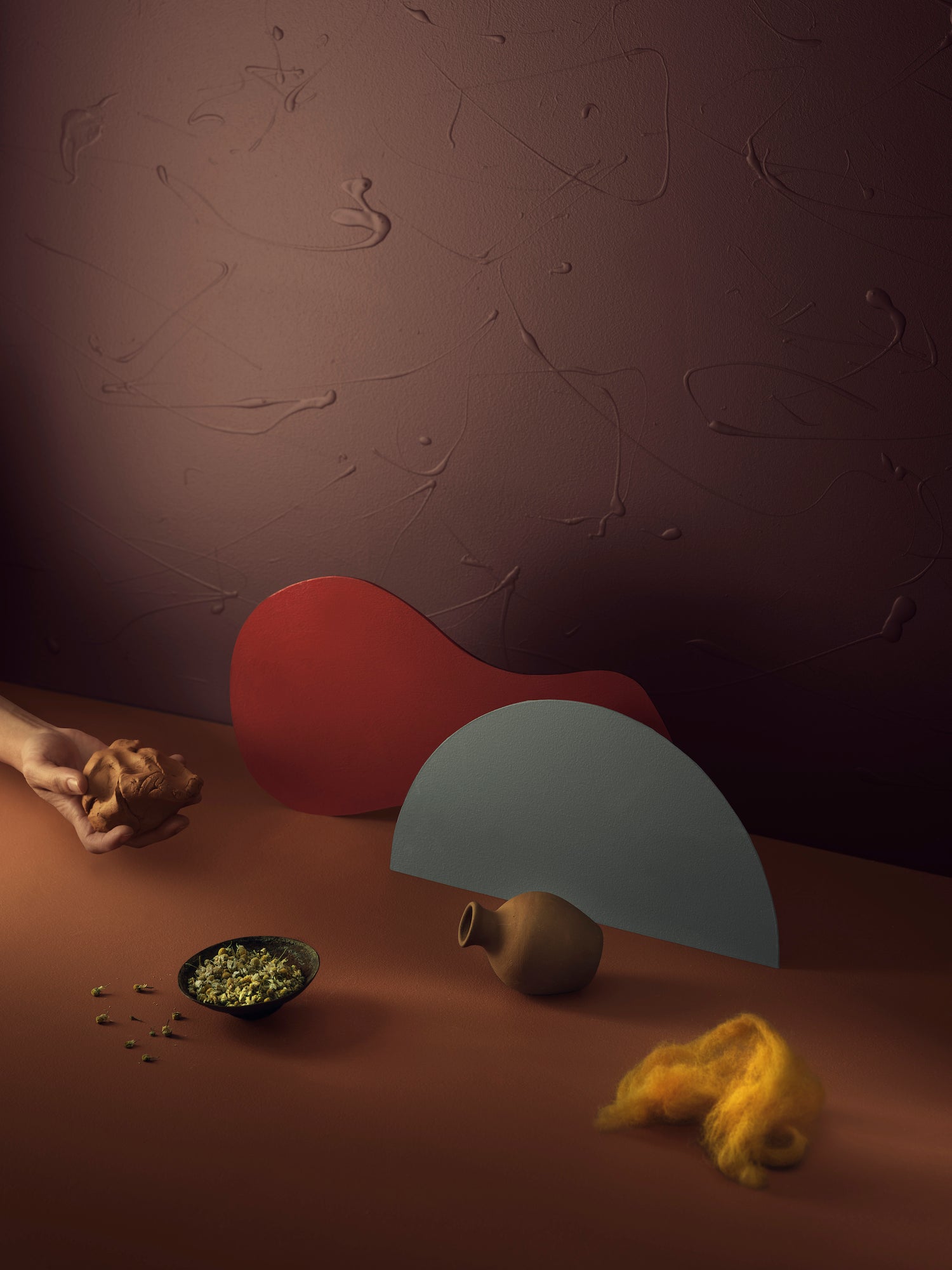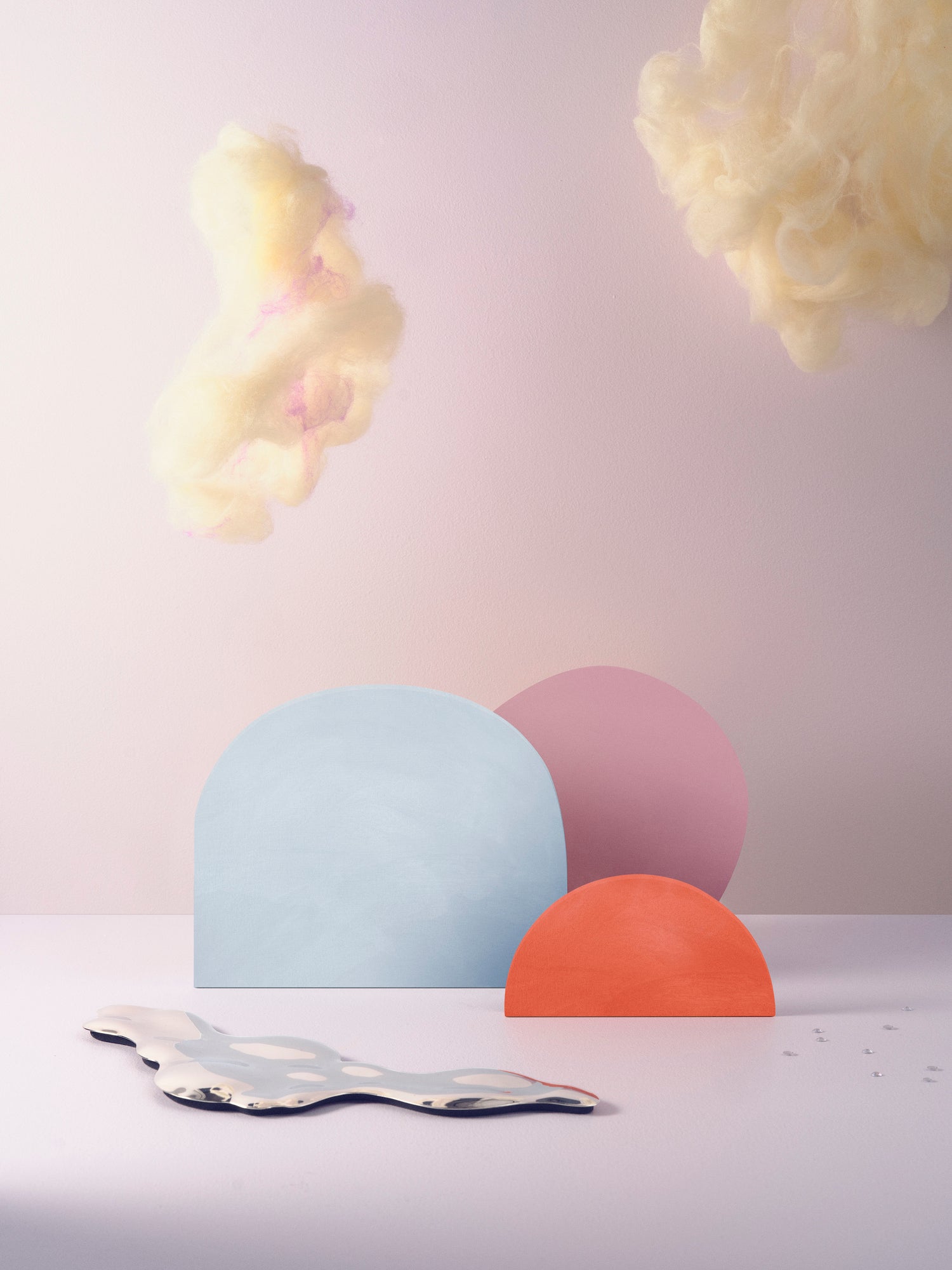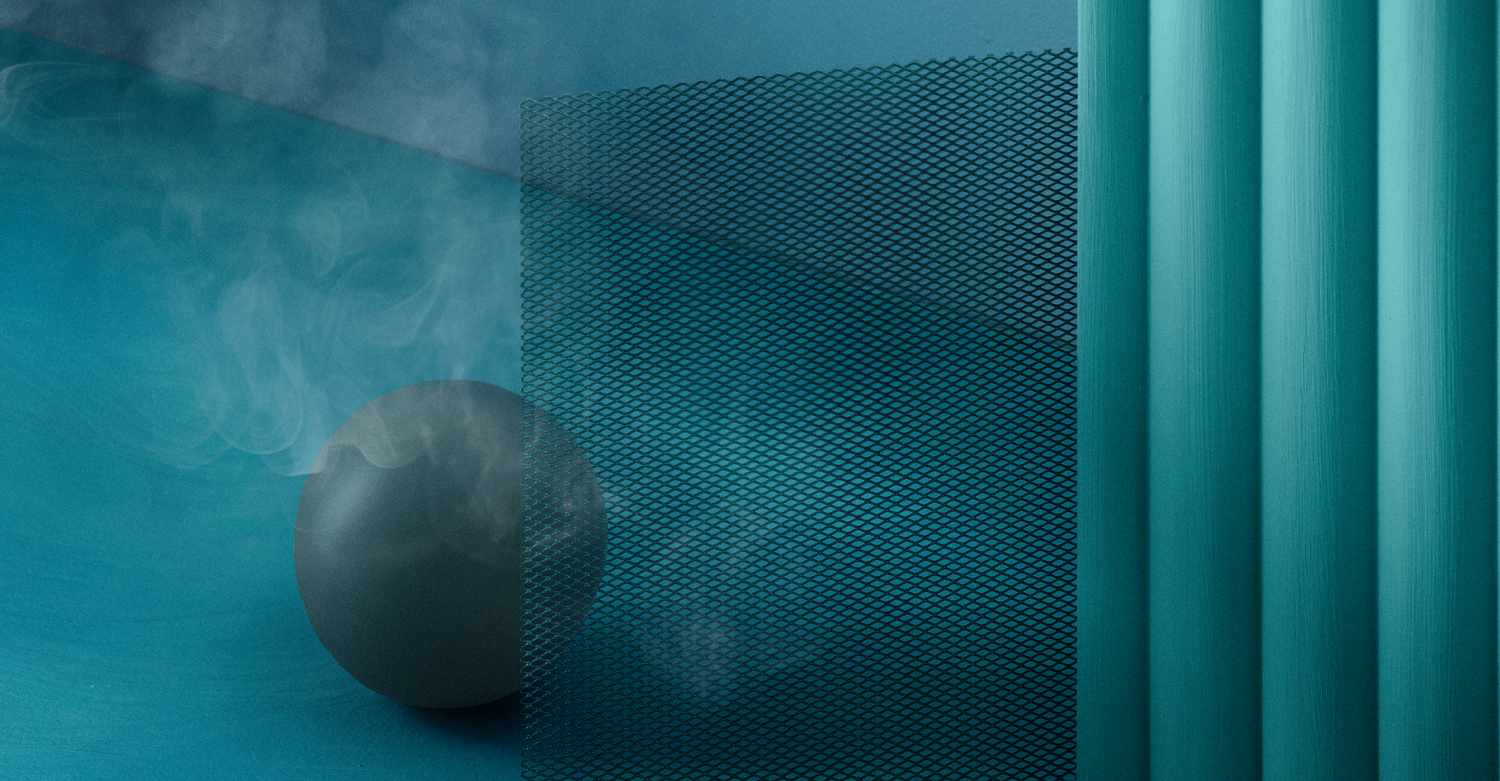

NCS COLOUR TRENDS 2025+
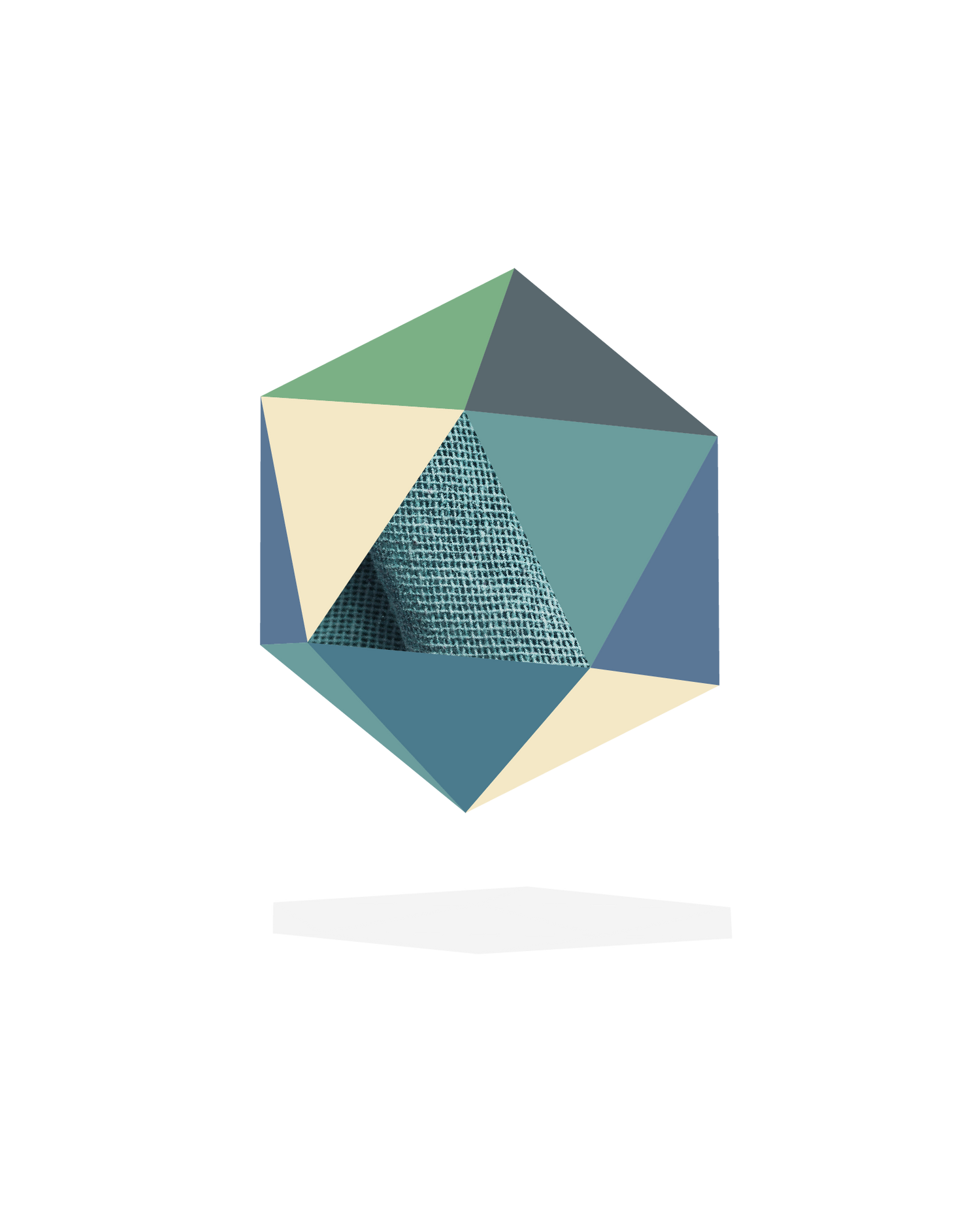
A tribute to nature and water focusing on blue and green tones. The impact of climate change resulting in a drier, warmer world pushes us towards colours that remind us of our most important resource: water. This drives a desire for these colours’ calming effect and natural presence in our surroundings and daily lives.
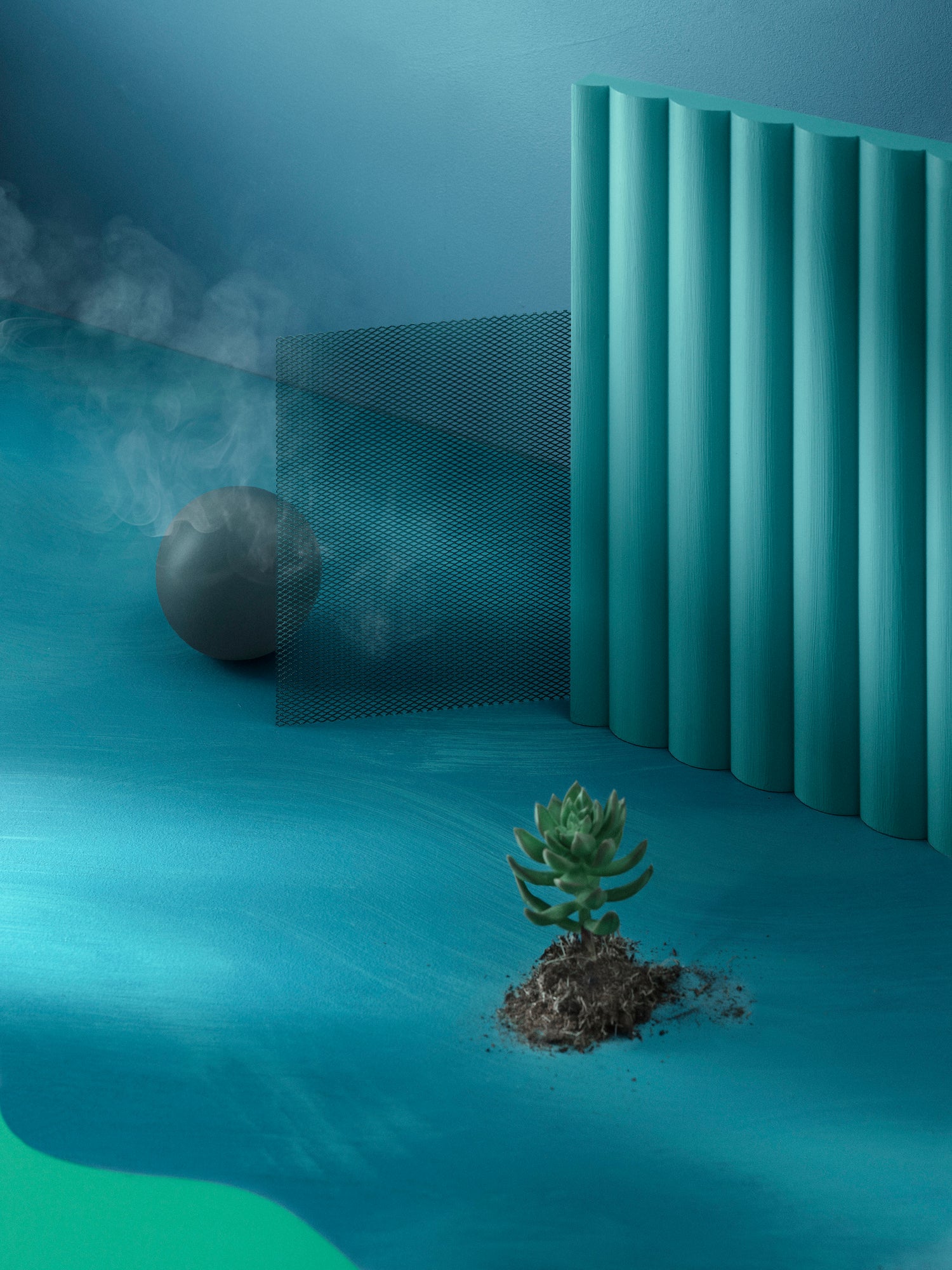
the drivers
Trend direction
In the past, we focused on bringing nature into our homes, seeking a connection with the natural world. This evolved further into a phase where we explored animism, the belief that everything, from objects to places and creatures, possesses a soul. However, we are beginning to recognise that nature doesn’t depend on us for survival; it will endure long after humans are gone. The actual danger is not the extinction of our planet but the threats generated by our species.
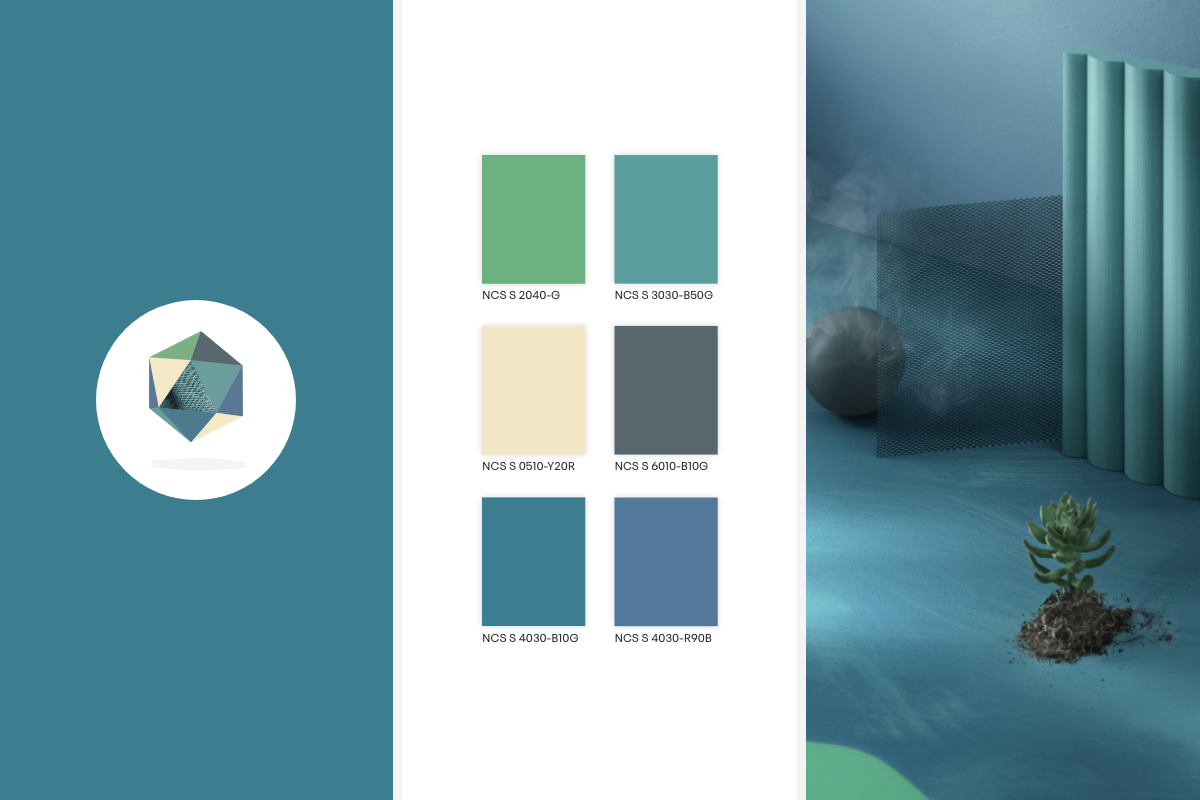
The true essence of natural elements 2025+ is the year we think about nature by itself, also described by the ancient Greek word physis; nature is separated from human influence. The mood of Gaia rejects warm colours reminiscent of heat and fire and embraces cool or cold tones. The goal is to convey a sense of cooling, preserving the perception of our planet as a refreshing greenish- blue entity.

Gaia
The colour palette
Greens will still be a very strong hue group in 2025, but the greens tend to be more bluish green than yellowish green. All blue colours that remind us of the pure water of our waterfalls, lakes, rivers, seas and oceans are increasing in importance. These colours represent the natural resources we want to preserve on our planet. As an additional reminder of the natural origin of these colours, a soft and washed-out effect will be important. The so-called halfway colours are one of the more potent colour elements of 2025 and beyond.
MATERIALS AND FINISHES
Seaweed
Waste is today’s “gold” and a source of valuable raw materials and creative opportunities! But also new natural materials found in our sea and lakes are inspiring. Algae, seaweed, and kelp are sustainable materials that
we use for everything from textiles to leather.
Seaweed requires no land, fertilisers, or freshwater and grows significally faster than land-based plats. Many experiments explore the versatility of easy-to-grow algae as a building material. Seagrass and algae are exciting architectural elements because of the sensation when touched, its visual appearance, and its water resistance. Bioplastic sheets, bioplastic inflatable structures, bricks, panels, and seaweed shingles serve as both interior and exterior materials.
COLOUR SAMPLES
Buy the colours of Gaia
